Note: This product has been renamed from "Animal Creatine XL" to Animal Supercharged Creatine.
Universal Nutrition, the owner of the Animal supplement brand, has been all the way around the block of the bodybuilding scene. Since the creation of Animal Pak, they've been a major force in sports supplements for decades and were there turning out awesome products throughout the fabled golden age of bodybuilding. Universal mastered the basics long before most of today's players were even in the game – we're talking mainstay supplements like creatine monohydrate, arginine, and liver tablets.
So it's fitting, in a way, that Universal is the company to reinvent creatine.
Animal Supercharged Creatine (Formerly “XL”): Creatine Re-Invented
That's what's going on in Animal Supercharged Creatine - the basic idea behind creatine, which is to support athletic performance through ergogenic effects, is being taken to a kind of "logical conclusion" with ingredients that complement and enhance the original effect.
Each scoop comes with the classic 5 gram dose of creatine monohydrate along with 2.5 grams of betaine, but with two supporting ingredients, NuLiv Science's Senactiv and a purple tea extract known as PurpleForce. As we'll learn, this is no ordinary creatine supplement!
Creatine XL originally came out alongside the amazing Animal Creatine Chews, but sometimes you want even more material, or don't want added sugar, and that requires a powdered formula to mix into water. It's now known as Supercharged Creatine
Let's check prices and availability, post up our video explaining the benefits, and then get into the deep-dive below:
Universal – Deals and Price Drop Alerts
Get Price Alerts
No spam, no scams.
Disclosure: PricePlow relies on pricing from stores with which we have a business relationship. We work hard to keep pricing current, but you may find a better offer.
Posts are sponsored in part by the retailers and/or brands listed on this page.
Animal Supercharged Creatine Ingredients
We've included a Table of Contents in case you already know plenty about creatine (which comes first) and want to skip down to the novel parts of the label.
In a single 1-heaping-scoop (9.3 g) serving of Animal Supercharged Creatine Powder, you get the following:
-
Creatine Monohydrate – 5,000 mg
Given the ubiquity of creatine in supplements today, it may surprise some readers to learn that creatine wasn't always so well received. In fact, when it was first released commercially, it was met with a lot of controversy about potential effects on kidney function.
Fortunately, tons of research has been done since then. In the year 2022, we can say with extreme confidence that creatine is both effective and safe for the overwhelming significant majority (but note: not all) of adolescents and adults.[1-3]
Although people with healthy kidneys will almost certainly not have any issues with creatine consumption,[4,5] people who have a pre-existing kidney condition should definitely check with their doctor before using creatine.
Why take creatine?
Like we said, there's been tons of research on creatine, and the findings have been overwhelmingly positive. Here are just a few of the documented benefits one can expect to see from creatine use:
Boosted by both NuLiv Science's Senactiv as well as PurpleForce, alongside crucial methyl donator betaine, this is no ordinary creatine monohydrate powder!
- Better muscular power[6,7]
- Faster weight gain[7]
- Faster lean mass gain[7-11]
- Faster sprints[12-14]
- Increased cellular hydration[15]
- More energy[16-19]
- Better sense of overall well-being[19-21]
- Better cognitive performance[22,23]
- Slightly higher testosterone levels[24-28]
- Denser bones[10]
The last four bullet points are especially relevant to anyone who doesn't eat a lot of meat, because meat is the best dietary source of creatine by a long shot.
So if you're vegan or vegetarian, you should definitely consider the possibility that you're not eating enough creatine, a situation that is easily rectified by supplementation.
How does creatine work?
The long list of benefits (above) associated with creatine use is not even exhaustive. Looking at it, you might even be amazed that a single ingredient can have such far-reaching and diverse effects on human health.
It all makes sense once you learn how creatine actually works. It affects one of the most fundamental, and arguably the most important, metabolic process in the body:
Adenosine triphosphate (ATP) production.
ATP is the energy currency of your body: if your body were an engine, ATP would be the gasoline. No ATP, and your engine doesn't go.
Now, before you get ATP, you have to have ADP (adenosine di-phosphate). As you can probably guess, the difference between these two molecules is a phosphate group: ATP has three and ADP has two.
In our gas/engine analogy, think of ADP as crude oil. Your body "refines" it into ATP.
In order to make ATP from ADP, your body needs to get that extra phosphate from somewhere, and that's where creatine comes in. Creatine acts as a phosphate donor, delivering phosphate groups to your cells' mitochondria so that they can fuse them to ADP, thus creating ATP.[29-32]
Every type of cell benefits from increased ATP production
Creatine is usually taken for its athletic and physical benefits, but neurons need ATP as well – and lots of it. Of all the organs in the human body, your brain consumes the most energy by far.
So when your neurons get extra energy, they perform better as well, just like your muscle cells.
That's why you get effects like improved cognitive performance from creatine supplementation – although, again, this is something that we see mostly in vegans and vegetarians.
ATP insufficiency is bad
If extra ATP is good, it probably won't surprise you to learn that an ATP deficiency is bad. In mild cases, it means that you'll feel tired and perform below your best.
A study published in 2011 does a fantastic job showing creatine's role in the production of ATP in the mitochondria.[33]
But in the worst case, ATP deficiency can create serious disease.[34]
Why do we need creatine?
Many readers have probably wondered by now, given the importance of creatine, whether the human body can make its own. The answer is yes, your body can make its own creatine.
So why do we need to supplement it?
The answer is basically that creating creatine is a metabolically expensive process. Every ounce of energy your body puts into making creatine is an ounce that it can't put into something else. So supplementing with creatine can help reduce your body's energy overhead — freeing up energy for things like exercise and thinking.[35]
Meet Animal Beef Biltong - an extra source of protein and a bit of creatine!
You are also, as we will see in later sections of this article, probably not getting much creatine from your food (statistically speaking).
This is why you see positive effects of creatine supplementation in so many different aspects of human health: The human body is ultimately a bioelectronic machine that runs on energy, just like everything else in this world.
Creatine monohydrate: The GOAT
Although several forms of creatine are sold as nutritional supplements, creatine monohydrate, which consists of a creatine molecule bound to a single water molecule,[36] has been studied the most.[2]
So if you want the most clinically-tested form, monohydrate is the way to go.
How much do we need?
Let's start with some dietary facts.
The average man loses about 1.6% to 1.7% of his total creatine stores every day.[37,38] Women lose a little less than this, but not much less.[39]
So in absolute terms, that means the average man and woman is losing somewhere in the ballpark of 2 grams of creatine per day.[39]
Right away, we can take that as a baseline for nutritional requirements: if you don't want to end up totally creatine depleted, you need to eat at least 2 grams per day.
Alternatively, Universal Nutrition's Animal Creatine Chews bring a fun and simple way to get creatine in - and they've got us hooked!
Furthermore, the exact amount of creatine you lose daily is determined, in part, on how large and active you are. If you're a big bodybuilder who hits the weights and cardio daily, then your creatine requirements are closer to 3 grams per day, since intense exercise can increase creatine loss by up to 50%.[40]
But even that is still just to maintain the bare minimum level of creatine intake. We have a loftier goal than that. We don't just want the bare minimum level of creatine.
We want creatine saturation.
That's why the go-to creatine dose these days is 5 grams per day, which is what's used in Animal Supercharged Creatine XL Powder.
Just like creatine monohydrate is the most widely studied form of creatine, 5 grams per day is the most widely studied dose. So again, you can rest assured that if you're taking 5 grams a day, you aren't leaving creatine benefits on the table.
How to take creatine
Common practice for taking creatine is to start with a loading phase in which you take 20 grams per day for 5 to 7 days.
Although this may sound like bro science, research has largely borne it out as a valid practice.[34] It can definitely help you reach creatine saturation faster.
However, if that's too complicated, you can definitely just take 5 grams per day. You'll eventually reach creatine saturation, but it will take longer to get there without the loading phase.
Creatine-containing foods
Beef is the best commonly eaten creatine source – it comes in between 2 and 2.5 grams of creatine per pound of meat.[41,42]
Chicken has a little less: 1.5 grams per pound.[44]
Believe it or not, herring has the most creatine per serving of any food in existence, clocking in at a massive 3 to 4.5 grams of creatine per pound.[45] But obviously, most Americans aren't eating herring on a daily basis.
Mind you, it takes a lot of beef to reach a 5-gram-per-day dose of creatine. For that, you'd need to eat 2 pounds of beef, 3 pounds of chicken, or 1.5 pounds of herring (and again, who does that) every day.
Let's be honest, most of us are not putting up numbers like those.
So it shouldn't be too surprising that on average, Americans aren't even coming close to the optimal level of dietary creatine consumption.
The average American man gets about 1 gram of creatine from his food every day. For women, the number drops to 0.70 grams.[46]
Brass tacks: If your diet is anything resembling the Standard American Diet (SAD), you need to either change your diet or take a creatine supplement.
-
Betaine Anhydrous – 2,500 mg
Betaine, also known as trimethylglycine (TMG), is similar to creatine in that it helps upregulate ATP production.[47] However, the mechanism of action is slightly different...
A landmark 2013 study showed that 2.5 grams of betaine every day can have profound effects on body mass and strength[48]
Instead of donating phosphate groups, betaine donates methyl groups.
Because of betaine's effect on global methylation, it can also have some positive effects on cardiovascular health by helping to lower homocysteine blood levels.[49] Since homocysteine has been identified as a risk factor for cardiovascular disease (CVD), we want to make sure it doesn't get out of control.
Another important property of betaine is its status as an osmolyte, which basically means any substance that increases cellular hydration by drawing water into your cells. This hyper-hydration effect makes your cells stronger and more resilient in the face of heat-induced metabolic stress.[48,50,51]
Increased cellular resistance to stress is one of the reasons that betaine is an ergogenic aid, helping improve your athletic performance.
Betaine's benefits are attested to in many research studies,[52-57] but perhaps the most important was a study conducted in 2013 that showed that subjects who supplemented with 2.5 grams of betaine per day – the same dose used in Animal Supercharged Creatine Powder – were able to gain 5.3 pounds of muscle and lose 6.4 pounds of fat during the 6-week study period.[48,58]
The same team of researchers conducted a followup study in 2018, testing the same dose in college-aged women who were enrolled in an 8-week-long resistance training program.[59] The group lost 3.3% of their body fat – 4.4 pounds – compared to the 2.8-pound loss experienced by the placebo group.[59]
These two studies are great evidence that this specific dose of betaine is efficacious as an ergogenic aid, muscle builder, and fat burner. Importantly, it seems to work for both men and women.
We've definitely seen creatine supplements with betaine inside. However, we've never seen this next ingredient alongside:
-
Purple Tea Extract (leaf) (as PurpleForce) – 100 mg
The best supplement formulas have a coherent theme, with ingredients complementing each other to achieve one major effect through different mechanisms of action.
Animal Supercharged Creatine is a great example of this design philosophy.
So far, we have seen creatine and betaine, two potent ergogenic aids that each enhance performance by different means.
Now we have a third ergogenic aid, and it's one that's lesser-known: PurpleForce, a purple tea extract.
Purple tea is tea – as in, true tea, Camellia sinensis. It's been cross-bred to contain high levels of anthocyanins, phenolic pigments with strong antioxidant and anti-inflammatory properties.
Other examples of plants that contain high levels of anthocyanins would be berries, particularly blueberries, and beets, both of which are nutritional powerhouses.
Purple Tea and Endurance
PurpleForce has many constituents similar to other tea leaves, but it's the GHG content we're after[60]
Ordinary green and black tea have been shown to increase nitric oxide (NO) production through endothelial antioxidant activity.[61] And since NO upregulation is associated with increased athletic performance,[62] we would expect to see the same from purple tea.
After all, purple tea should (in theory) come with all the benefits of ordinary tea, and then some, because of the additional anthocyanin content.
PurpleForce is a relatively new ingredient, so there aren't a ton of studies on it yet, but the early research results seem to indicate that this is exactly what we get.
For example, a randomized, double-blind, placebo-controlled study found that following exercise, subjects who took PurpleForce had lower levels of lactate dehydrogenase, the enzyme that breaks down lactic acid.[63]
Lactic acid is a byproduct of cellular respiration that builds up while you exercise. The more intense the exercise, the faster your muscles produce lactic acid. Once your workout exceeds a certain threshold of intensity, you're producing lactic acid (lactate) faster than you can clear it. At this point, the compound begins to accumulate.
PurpleForce's GHG can reduce muscle damage and inflammation,[60] getting you back into the gym faster
As it accumulates, lactate causes increasing amounts of muscular fatigue. Eventually, it can build up to the point where your muscles essentially fail, and you are forced to end your effort.
Your body makes lactate dehydrogenase in response to rising lactate levels, so lower levels of lactate dehydrogenase implies lower levels of lactate during and after exercise.
That, in turn, should mean increased athletic endurance.
And that is, in fact, what PurpleForce appears to do. Subjects who took it in the course of this study had greater athletic endurance.[63]
Just as importantly, they also had greater willingness to exercise,[63] which could be interpreted has higher perceived energy levels.
And who doesn't want more energy?
GHG: Fat Burner and Inhibitor
Another key difference between purple tea and more familiar varieties of tea is 1,2-di-Galloyl-4,6-Hexahydroxydipheno yl–D-Glucose, which is abbreviated (thankfully) as GHG.[64]
GHG appears to have significant anti-obesity activity and anti-aging effects.[64]
One of GHG's mechanisms of action is inhibiting fat absorption. This was shown in a 2015 study where subjects received 100 milligrams of a purple tea extract daily for 1 month.
By the conclusion of the study period, these subjects had lower levels of subcutaneous fat in their abdomens and upper arms.[65]
Their lean body mass percentage increased as well,[65] indicating that the weight loss consisted of fat, which we generally want to lose, instead of muscle, which we generally don't.
It should be noted that this study suffers from an important limitation – it was not conducted with a randomized double-blind placebo control, meaning that researcher and design bias was not fully controlled for.
In another study where men simply drank purple tea, researchers saw the following improvements in the subjects over the course of the study period:[60,66]
- BMI decrease[66]
- Reduced body weight[66]
- Lower body fat percentage[66]
- Less abdominal fat[66]
- Smaller waist and hips[66]
Again, not much research on GHG, yet, but the initial results are quite promising.
Given what we know about anthocyanins and tea in other contexts, the claims being made here are totally plausible, if not yet completely proven.
PurpleForce is distributed by MAYPRO, who has provided additional information about upcoming research and the ability of the ingredient to upregulate AMPK - a document well worth checking out.[60] We often call AMPK our "we need energy now" enzyme,[67] and its mechanisms align perfectly with the benefits demonstrated by purple tea extract thus far.
With creatine and betaine as mainstay muscle-building supplements, we credit Team Animal at Universal Nutrition for bringing something quite different to Supercharged Creatine!
You can learn more in our main PurpleForce article.
-
Senactiv (Panax notoginseng (root) and Rosa roxburghii Tratt (fruit) Extracts) – 50 mg
Senactiv is a senolytic agent from NuLiv Science that's extracted from Panax notoginseng and Rosa roxburghii - many know NuLiv Science as the world's knowledge leaders on ginseng extracts like this.
Senolytics are a category of nutraceutical that most consumers probably still aren't familiar with. These are compounds that facilitate the breaking down and recycling of old, dead, or dying cells (i.e., senescent cells). The metabolic dead weight can then be replaced by healthier, more functional cells.
Your Leg Day just got better! A new study using the ginseng portion of Senactiv showed lower perceived exertion in heavy squats and reduced inflammatory markers a day later![68,69]
A good number of studies have been done on the active constituent compounds that are responsible for Senactiv's effects.[70-75]
In one of these, a randomized double-blind placebo-controlled study (the type of study design that we love to see), people who supplemented with the ginseng-derived component of Senactiv before exercise had significantly attenuated muscle damage, faster glycogen replenishment, and less inflammation upon conclusion of exercise, compared to those who received the placebo control.[70]
Additionally, the experimental group's time to exhaustion at 80% VO2max increased by 20%.[70]
Another recent study showed lower perceived exertion in leg exercises, followed by reduced inflammatory markers the next day.[68,69]
Senactiv is another great example of how this formula approaches and enhances the original idea behind creatine supplementation with novel mechanisms of action.
You can read more in our article titled Senactiv from NuLiv Science: Regenerate Senescent Cells and Perform Better.
Flavors Available
Supercharged Creatine has no added sugars or carbs, instead relying on natural flavors and sucralose as a sweetener:
Conclusion: Use the PurpleForce with Animal Supercharged Creatine
Animal Supercharged Creatine is a much-needed update on the classic creatine idea. We've seen creatine monohydrate combined with betaine before, and we've even seen a couple creatine formulas add Senactiv, but with the addition of PurpleForce, we can gladly say that this is a next generation creatine supplement.
The biggest question is if you want to take this, or take the delicious Pez-candy-like Animal Creatine Chews. Overall, this is going to be a more efficacious formula, given higher doses and more ingredients... but those Chews really are good, so consider also grabbing a few when you need some fun creatine on the go.
Universal – Deals and Price Drop Alerts
Get Price Alerts
No spam, no scams.
Disclosure: PricePlow relies on pricing from stores with which we have a business relationship. We work hard to keep pricing current, but you may find a better offer.
Posts are sponsored in part by the retailers and/or brands listed on this page.
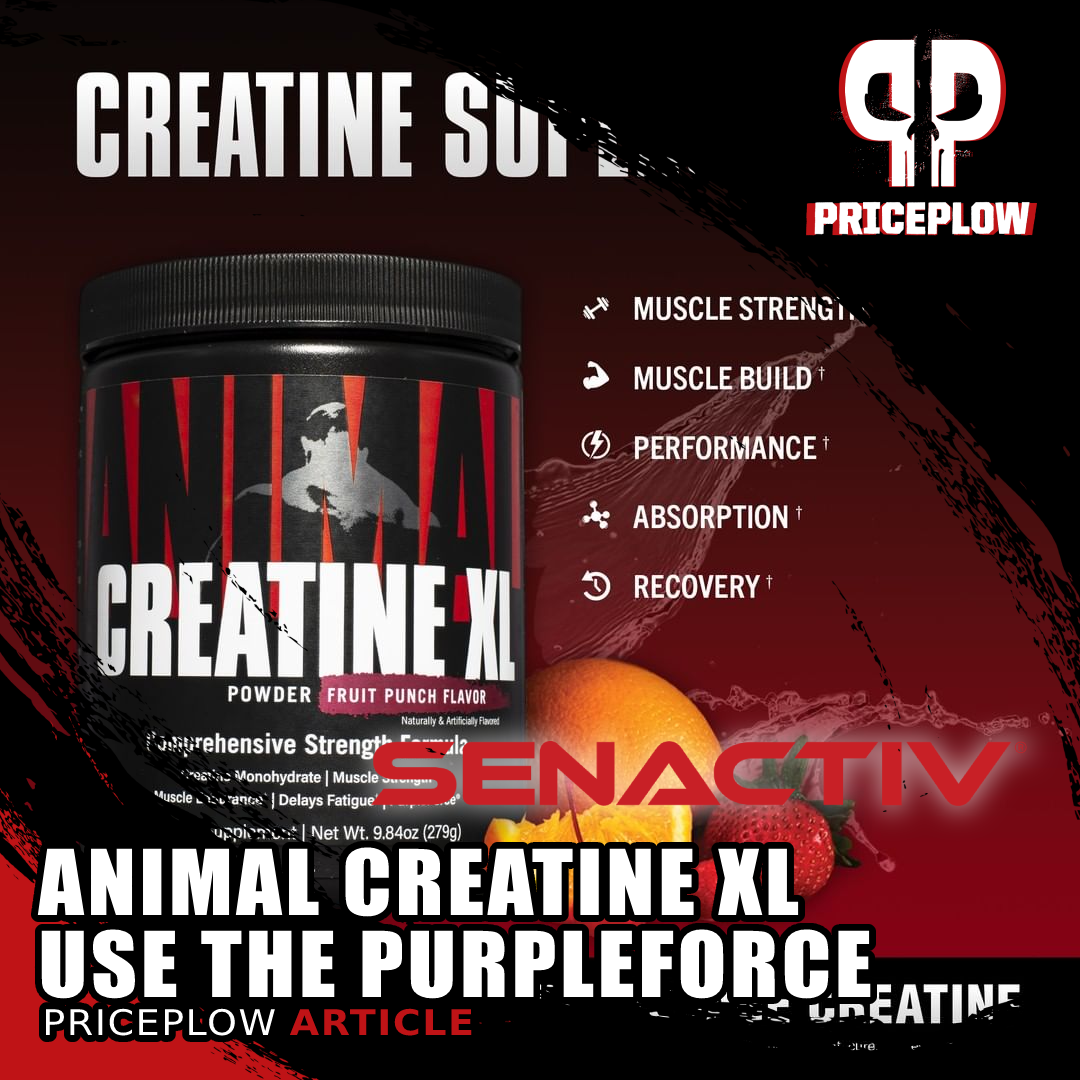
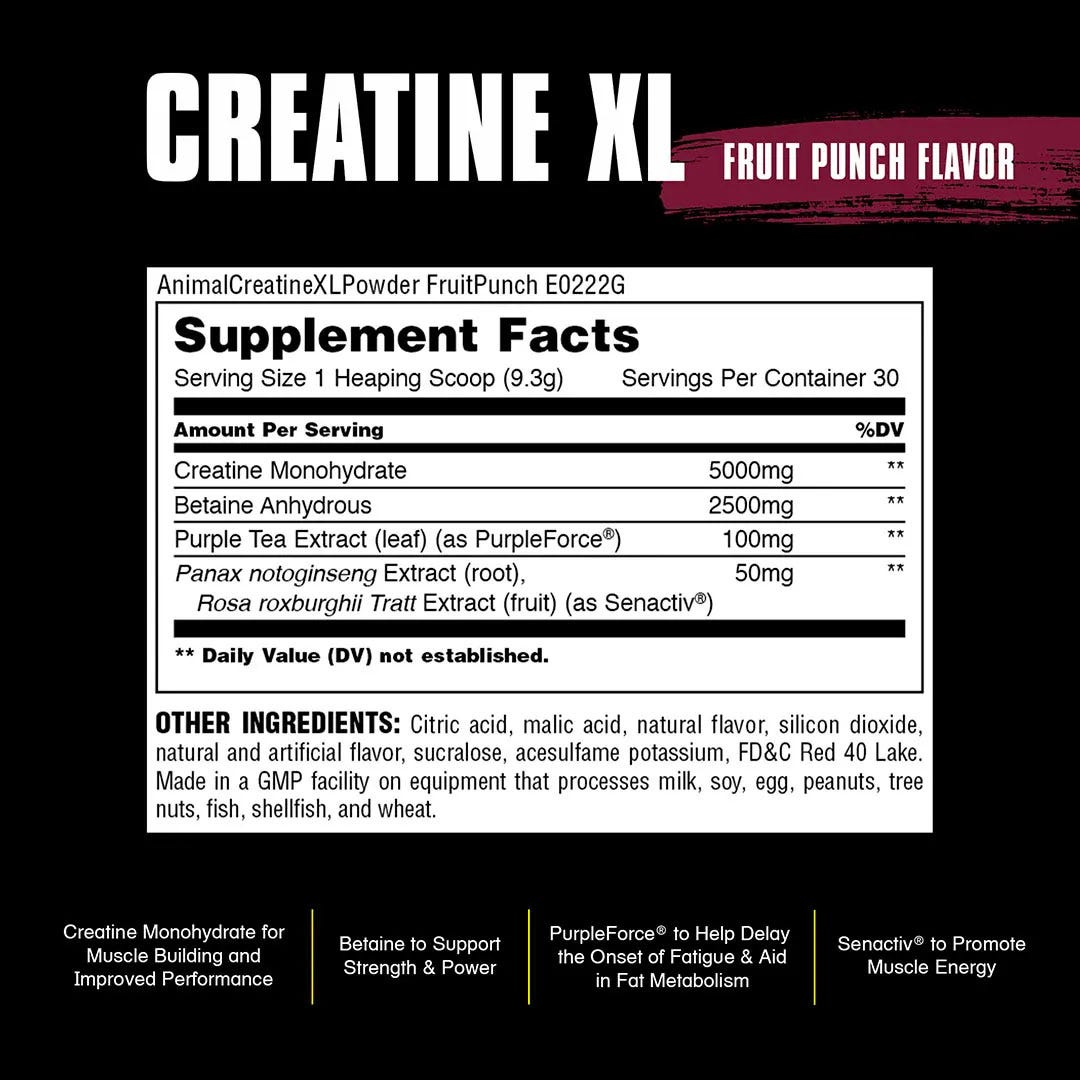

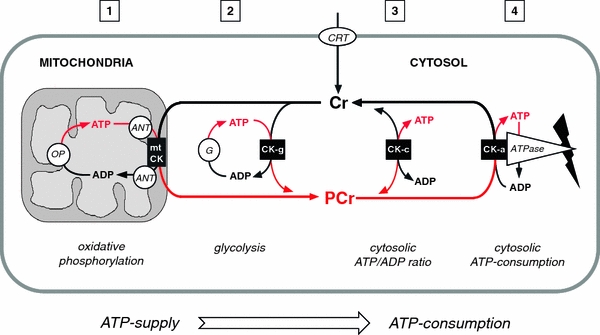

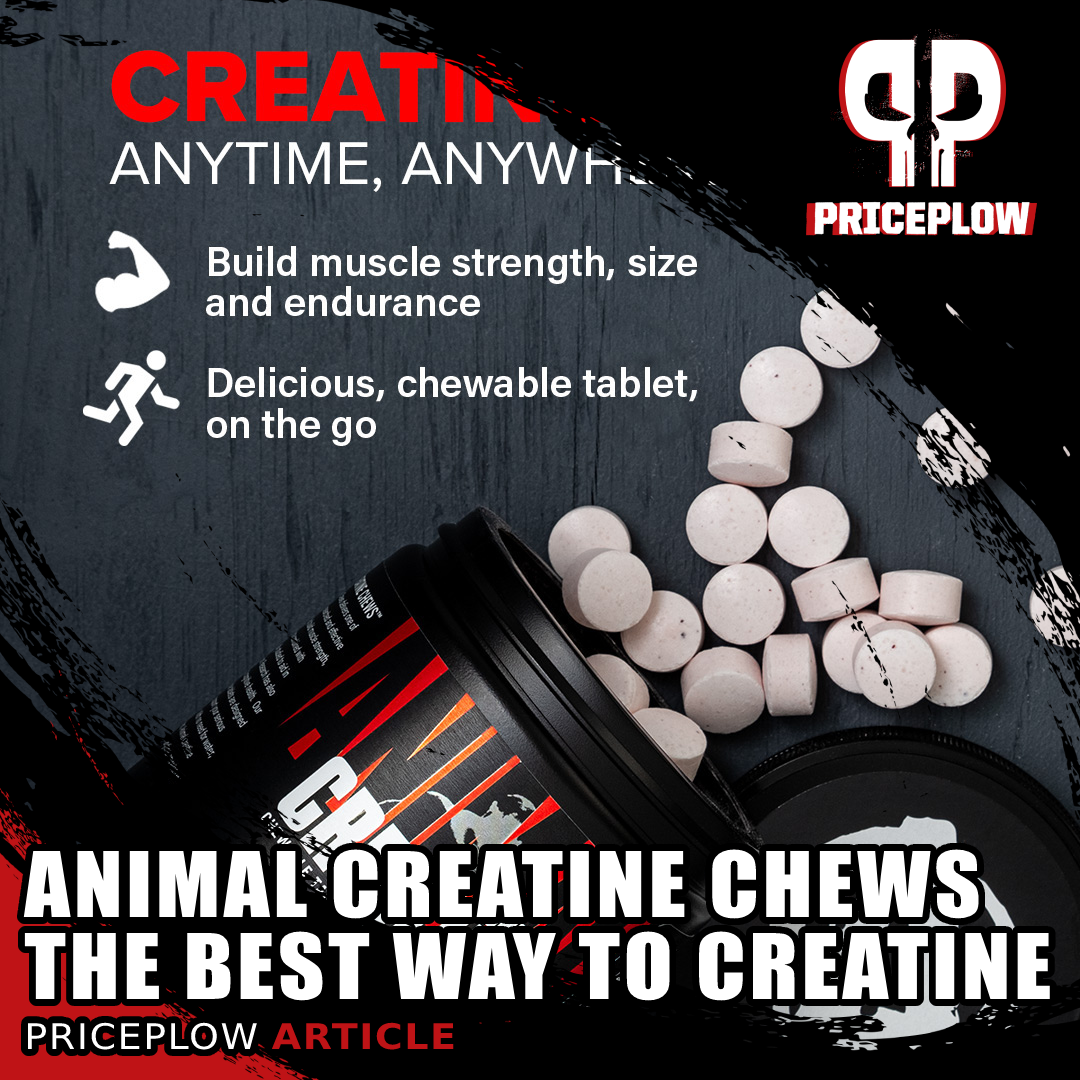
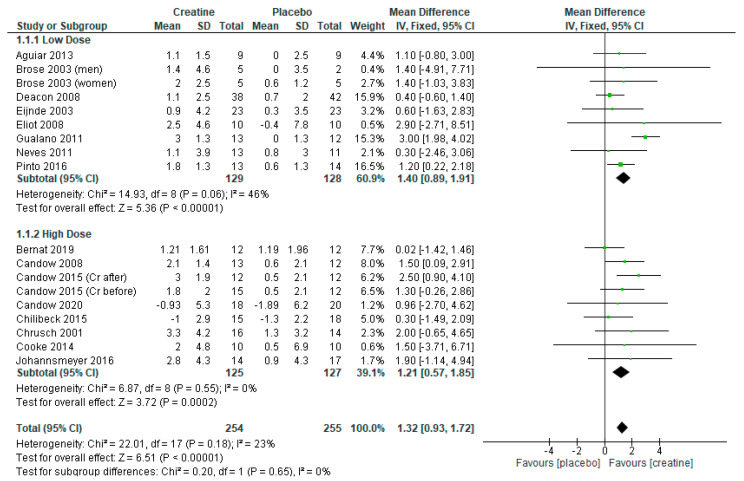


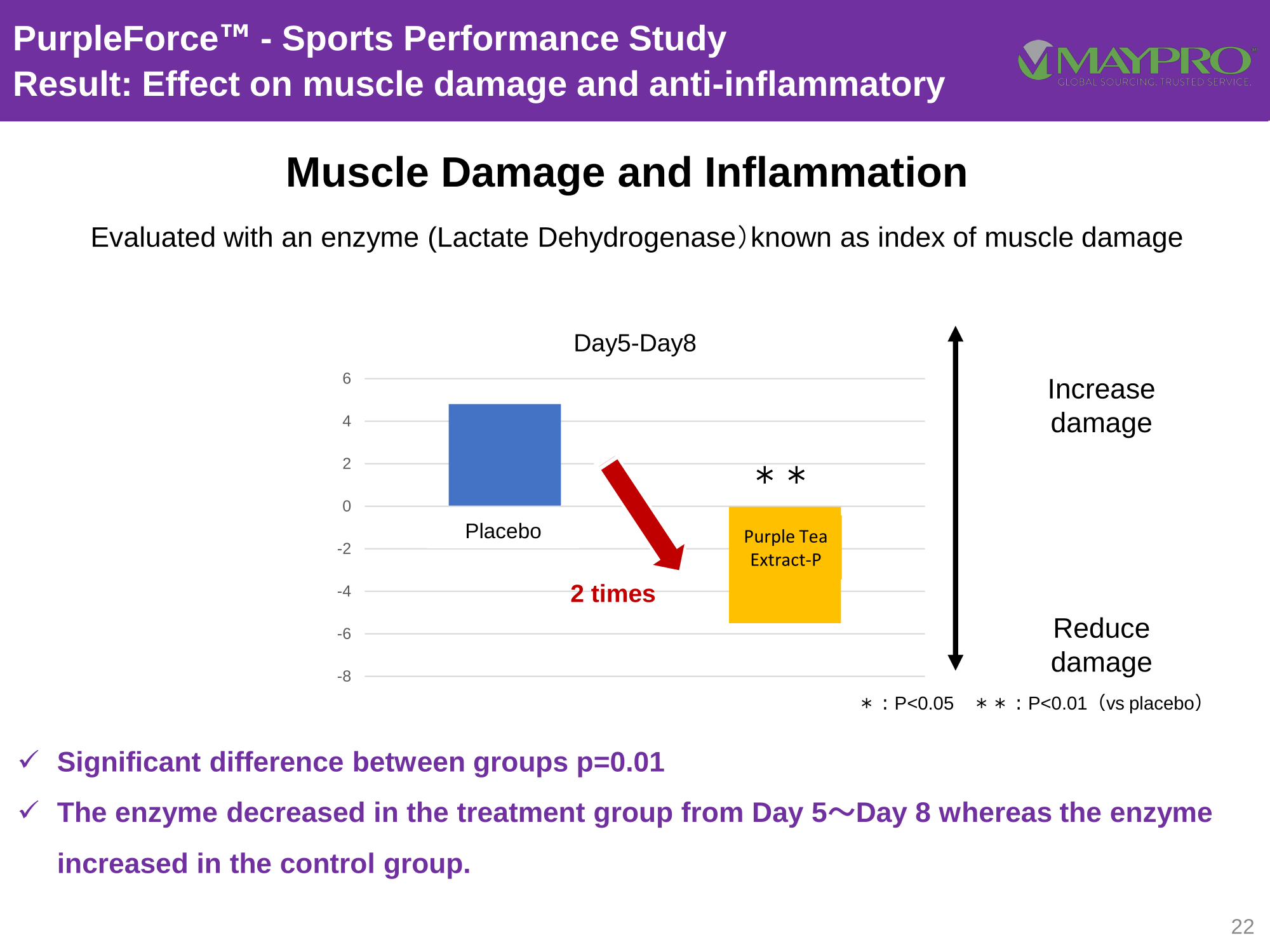


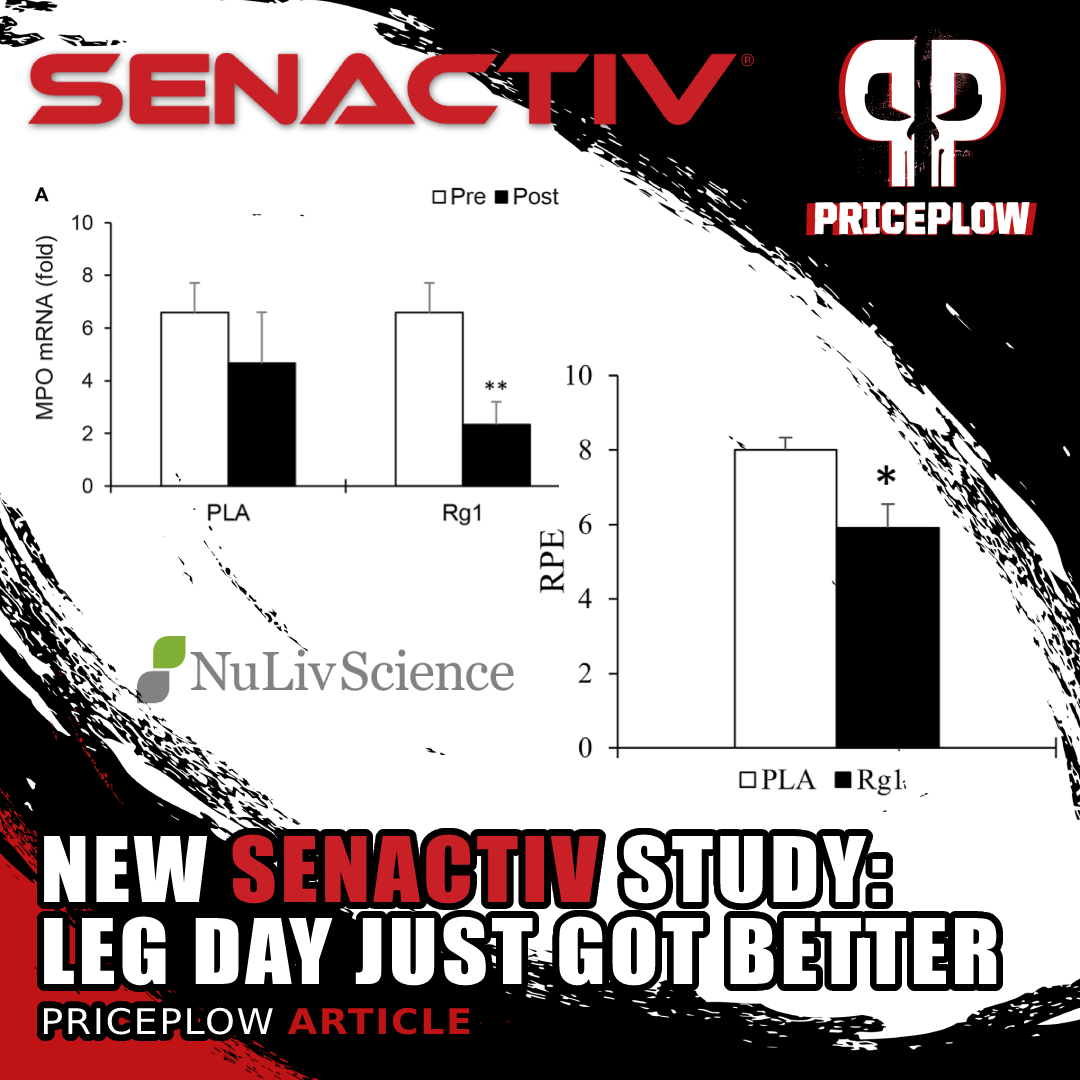
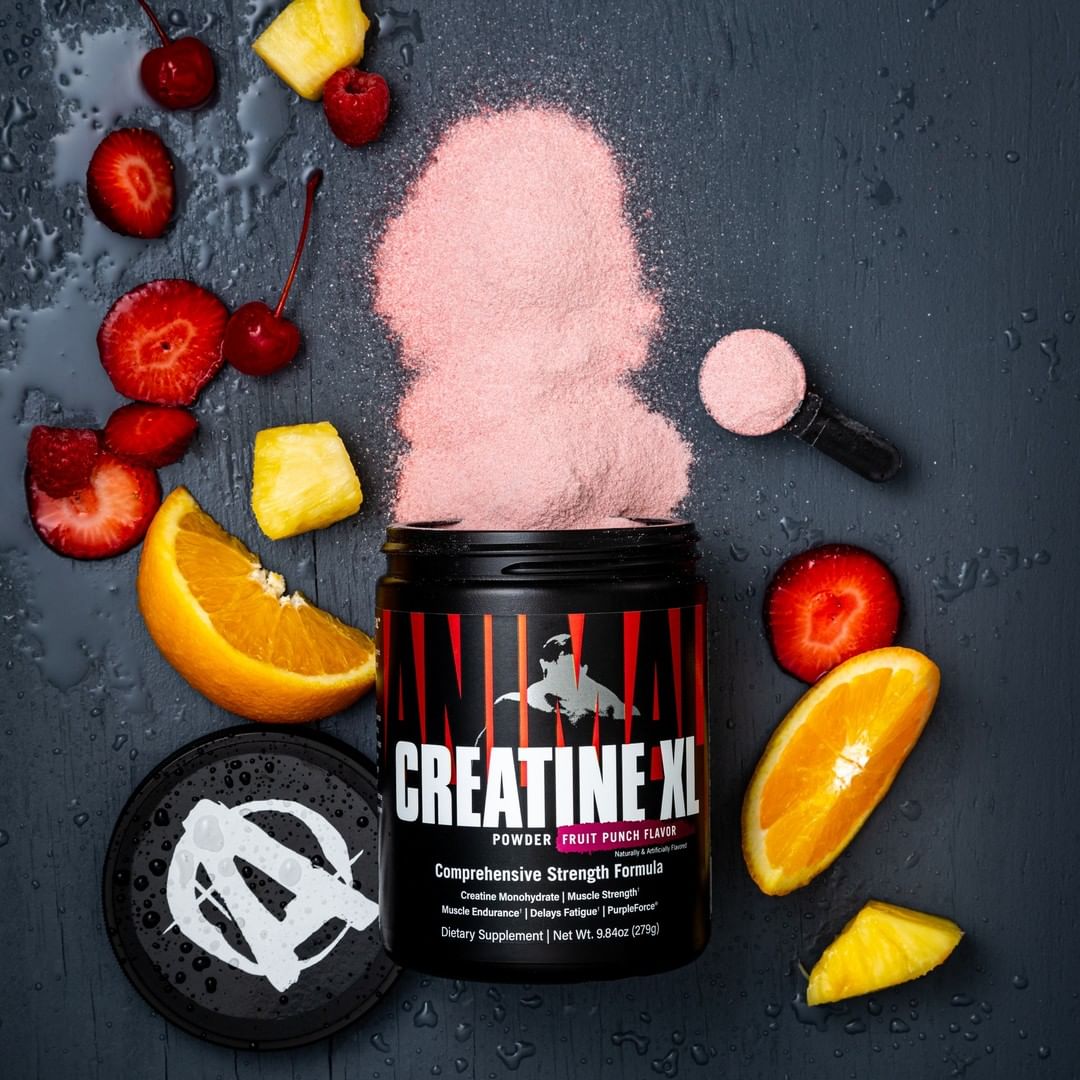
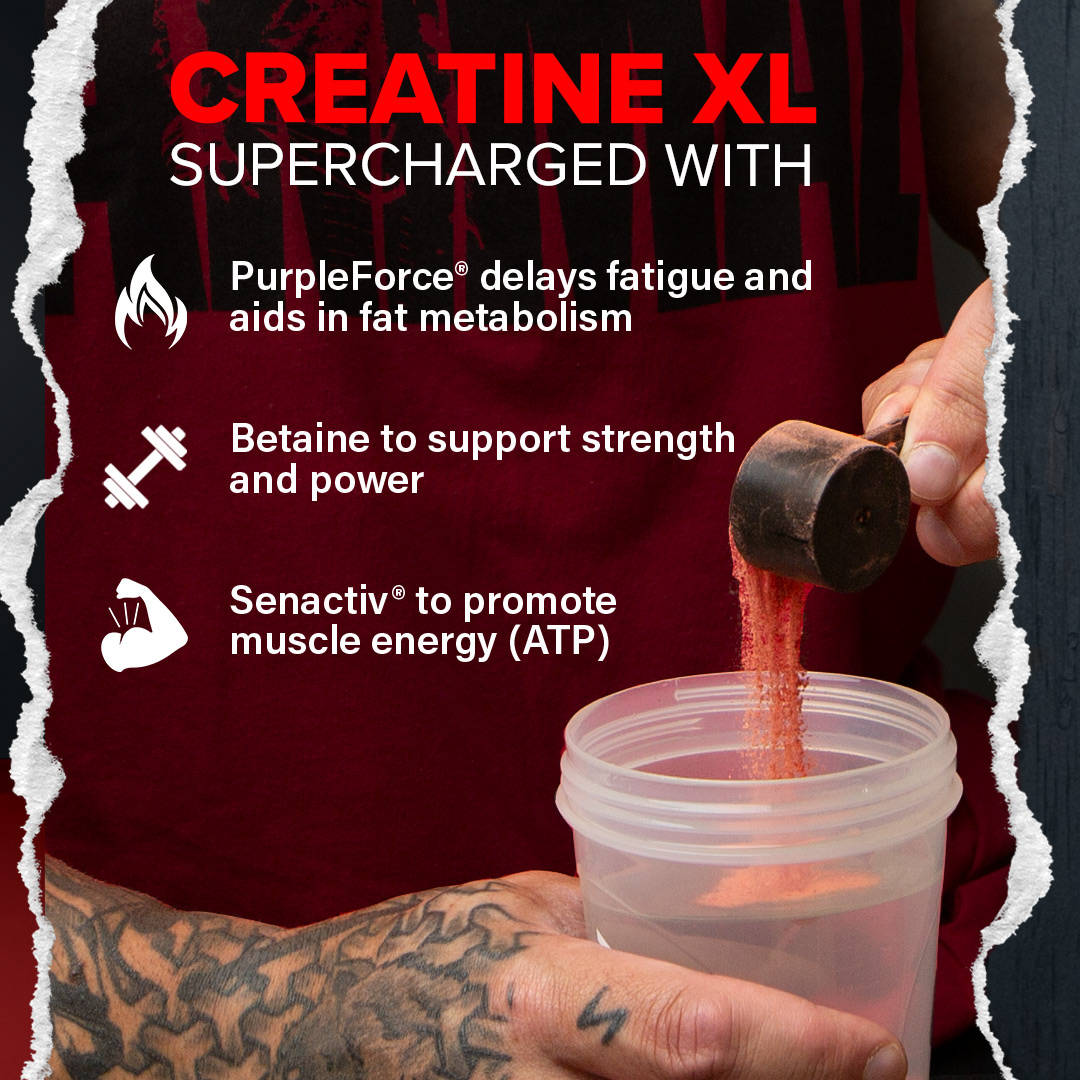


Comments and Discussion (Powered by the PricePlow Forum)